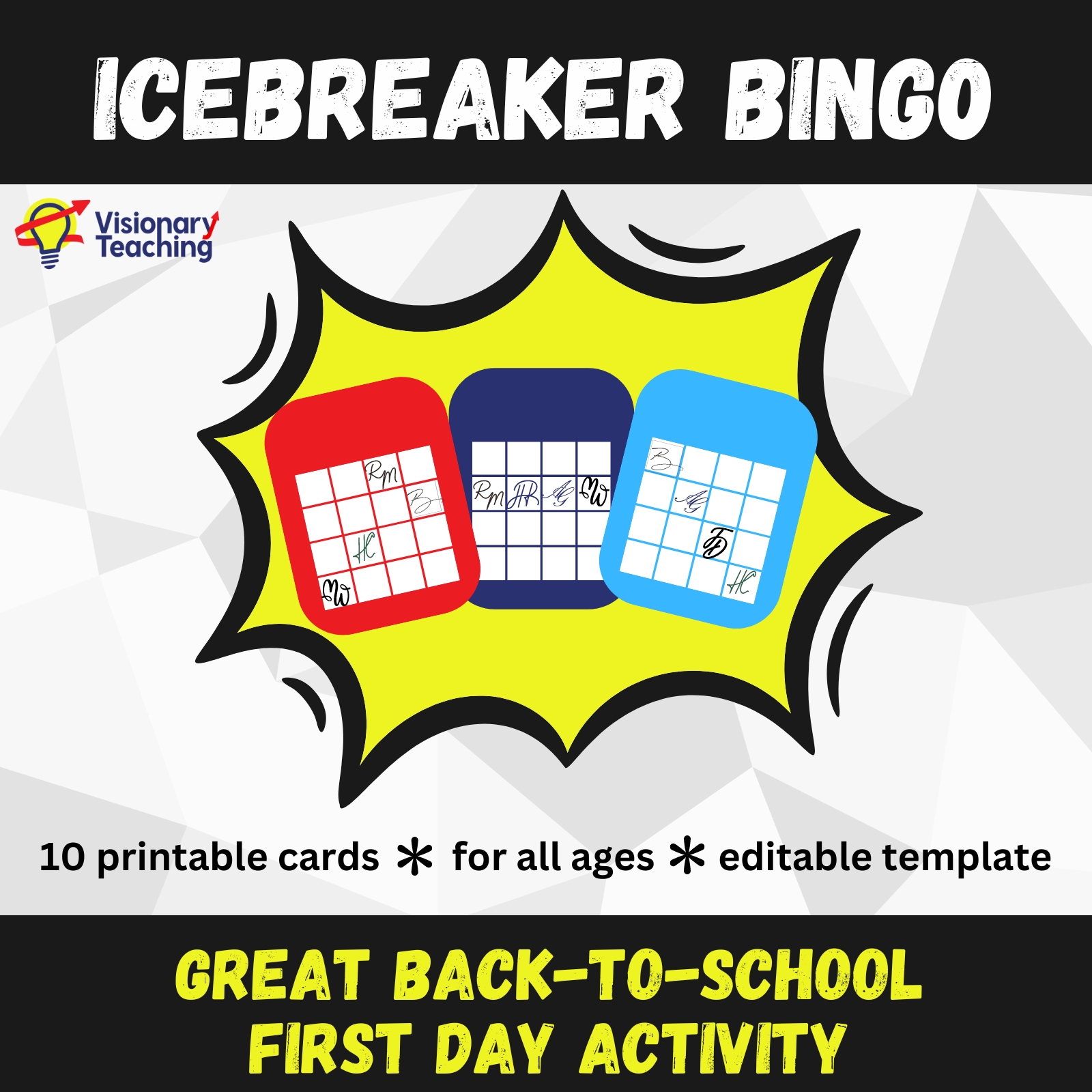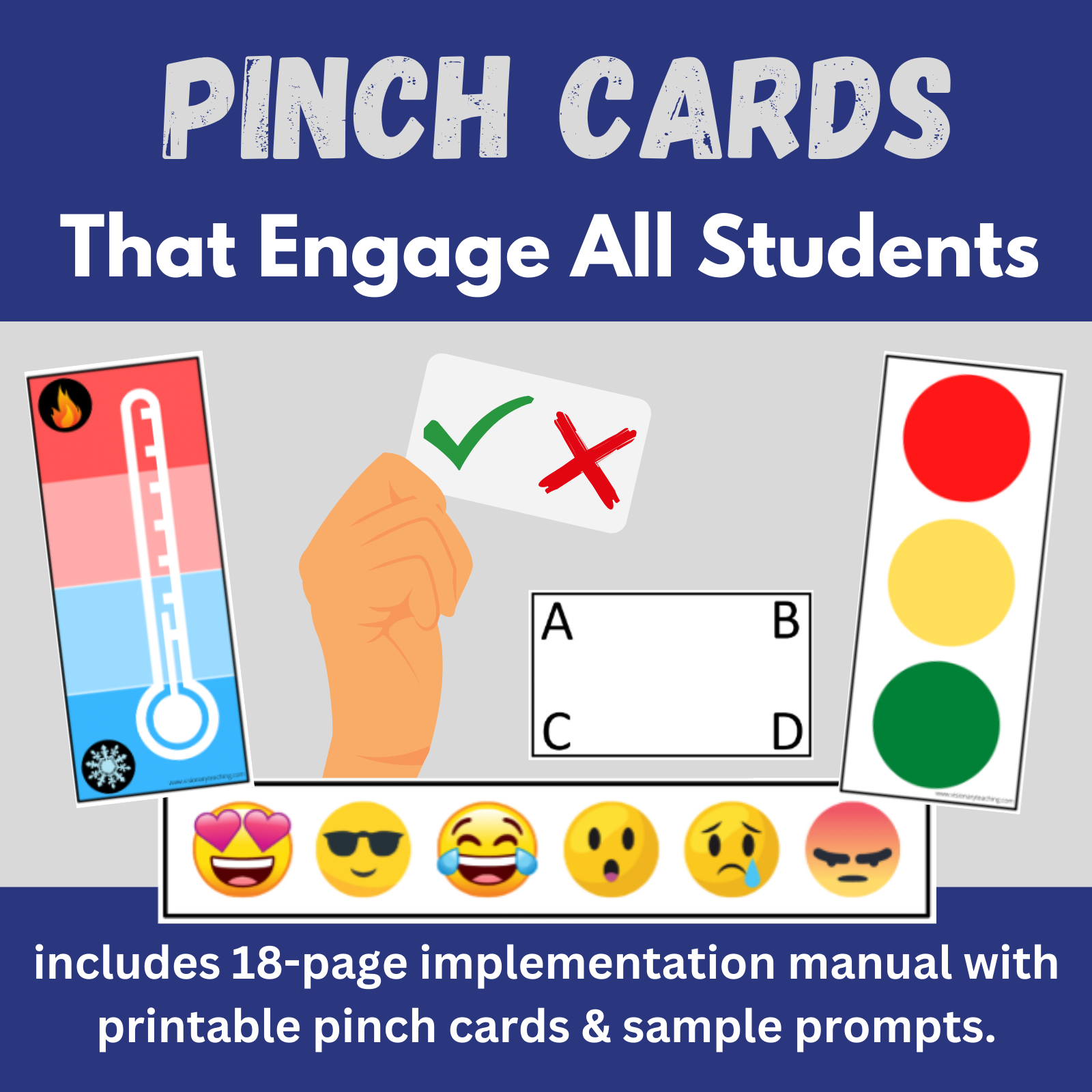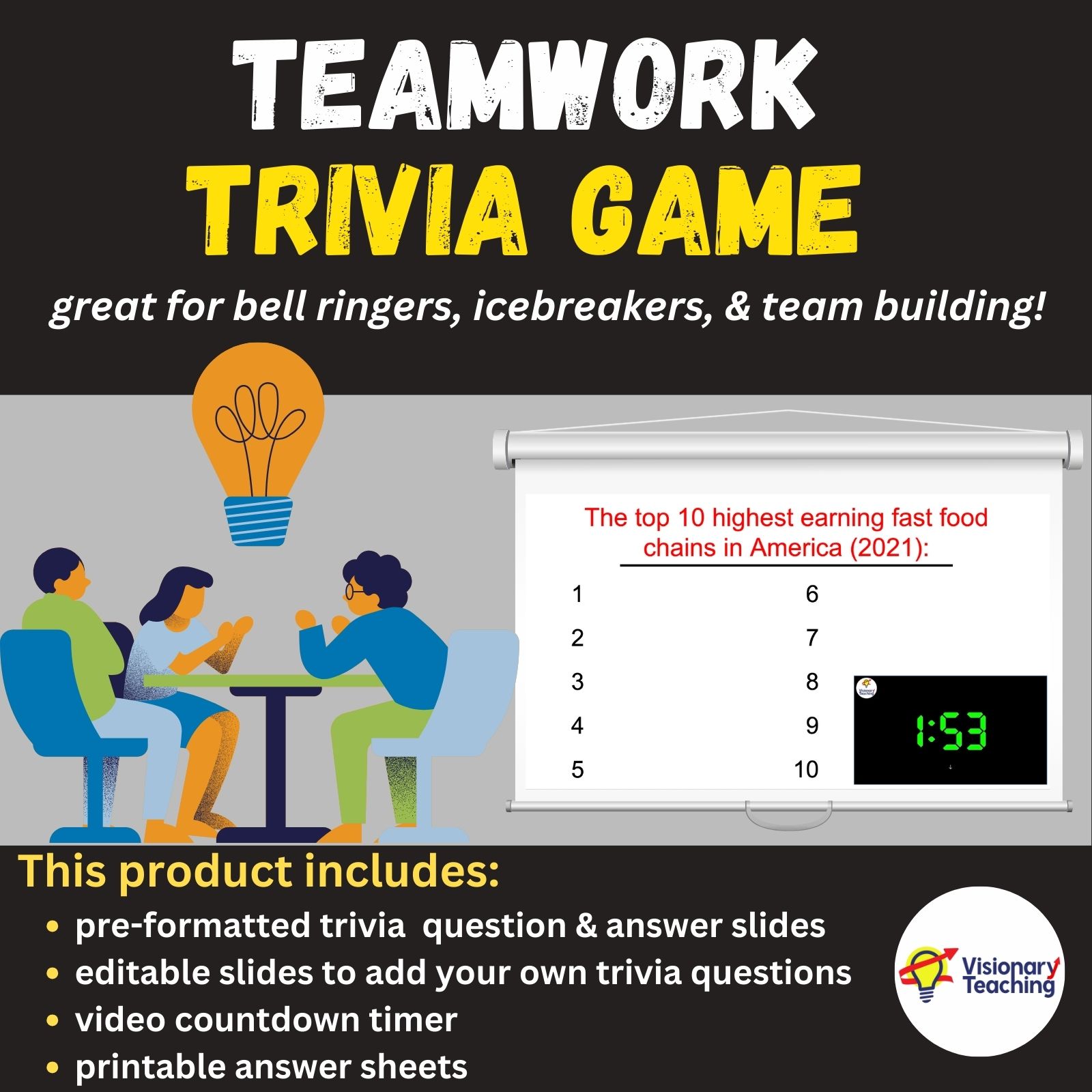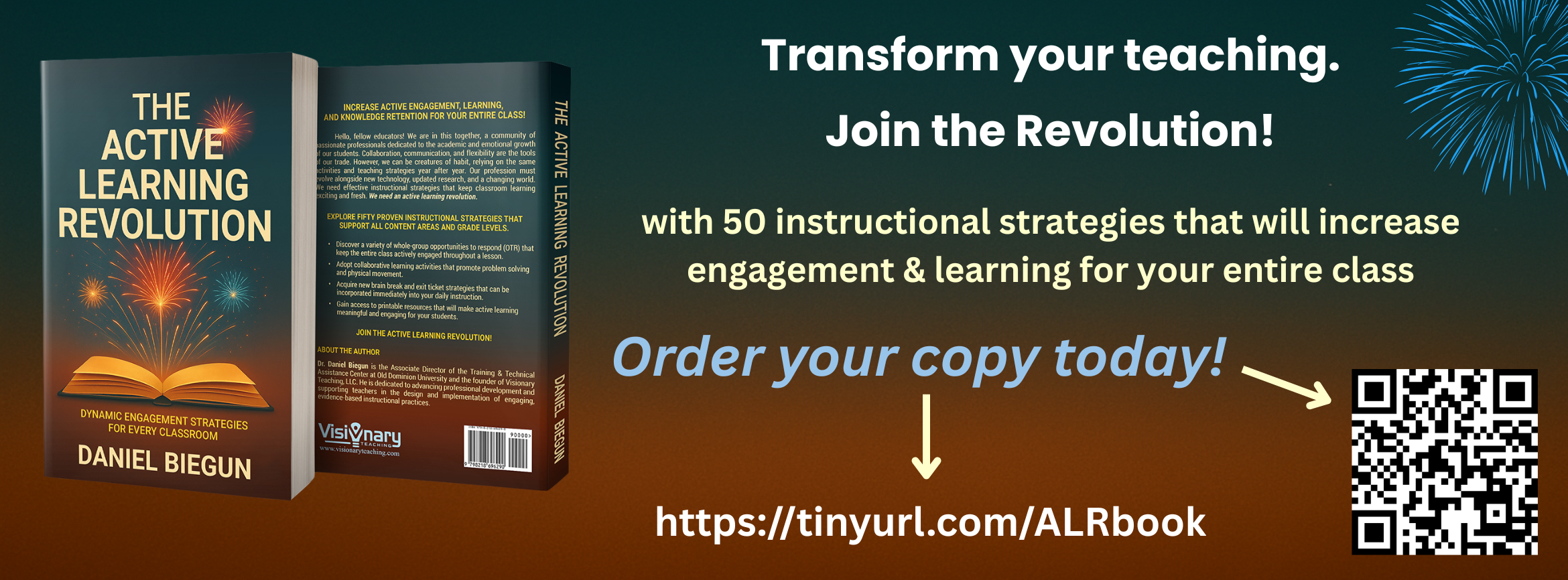
Asynchronous learning has certainly become more common in light of the 2020 COVID reality, but it may remain a part of public education going forward. Many students are actually thriving during virtual instruction. Another thing to consider is the asynchronous nature of many post-secondary educational ventures including college and trade school. It can’t hurt to give our students a taste of self-paced online learning.
I am not suggesting an either-or scenario between face-to-face learning and virtual learning. As educators, it will be beneficial for us to be prepared to provide quality instruction in all potential scenarios.
Presently, the vast majority of American students are accessing online instruction to some degree. We have offered several articles and resources dedicated to interactive synchronous instruction. Since there are also opportunities for students to learn at their own pace, I would like to offer the following ideas for your asynchronous instruction.
Limit asynchronous assignments to meaningful work
Please, please, please do not assign busy work on asynchronous days. Students don’t need extra time in front of screens. You don’t need more things to read and grade.
On the other hand, if you have enrichment activities or experiences that will help students apply learnings to areas of interest or real-world situations, then by all means proceed. Below we will consider some great ideas for creating meaningful activities.
Offer multiple means of representation in your asynchronous instruction.
This is one of the tenets of Universal Design for Learning that applies to all instruction. The idea of offering content in a wide range of forms is especially important during asynchronous instruction because you, the teacher, are not there to motivate students.
Here are some ideas for offering multiple means of representation:
- Offer a variety of text options on a given topic. You might provide links to stories, research articles, blog posts, or new stories. Mix in both fiction and non-fiction if possible. A single text type is not likely to motivate all students.
- Provide some audio options. Media types like podcasts, documentaries, and interviews may prove useful. In some cases, you might be able to use specific music to teach or reinforce a lesson. (In high school, I used an Iron Maiden song to help me understand Samuel Taylor Coleridge’s Rime of the Ancient Mariner.)
- Create your own media. Leverage your own interests and skills to create educational videos, podcasts, or narrated presentations (PowerPoint, Google Slides, or Prezi). Creating these resources is a good investment as you will be able to re-use them over many years.
- Let parents know about the topics that you are teaching and encourage them to engage their child in related conversation during family dinner, while taking a walk, or while sitting in traffic.

Offer multiple means of expression in your asynchronous instruction.
Just as students should have some choice in how they receive information, they should have some say in how they demonstrate what has been learned. In most instances, worksheets constitute busy work. Let’s consider some strategies for providing students with meaningful choices.
- Instead of using verbs like write, draw, or complete ask students to create. This broad term allows students to be creative and pay to strengths. You might normally ask students to write a paragraph about a topic, but here you are opening a door with endless possibilities. Students might make a video, draw a cartoon strip, build a model, perform a skit, write a song, etc.
- The previous suggestion is very open-ended. Some students might struggle with such a lack of parameters. In this case, you might consider offering a choice board where students are given a number of options from which to choose.
Utilize household items whenever possible.
When you give asynchronous work to your students, you can make it more meaningful and engaging by referencing objects that are around the house or in the neighborhood. Another advantage of doing this is helping students generalize skills. Here are just a few examples:
- If you are asking students to practice a math concept at home, encourage them to find their own manipulatives: M&Ms, small toys, checkers, etc.
- If students are learning to classify objects, ask them to identify things around the house that fit a particular category. Find triangles, find things that are purple, find objects that are soft, etc. Students can take pictures of objects to submit as their evidence.
- If you are teaching science, students might be looking around the house for examples of simple machines or fossils. You can encourage students to walk their neighborhood looking for mammals, birds, insects, carnivores, or herbivores.
- A great asynchronous assignment might be to complete a scavenger hunt for items that will be needed during your next synchronous meeting.
Reserve time on asynchronous days for virtual office hours or 1-1 meetings.
I know that you are unbelievably busy. The thought of trying to schedule several dozen individual meetings with students is probably unpleasant. If you make yourself available for phone calls or video meetings during a small window a time, some of the students who want/need extra support may reach out.

You might need to initiate meetings with some students. Consider this a matter of equity, rather than equality. Don’t feel like you need to have an equal number of meetings with every single students. Provide support on an as-needed basis. Maybe a student needs you to give a 1-1 demonstration of a particular skill or may you have a kid who just needs to have a conversation with a friendly adult.
This is a straight forward topic. If you want to get the most out of your students’ asynchronous learning, make activities engaging & meaningful, offer choice, utilize familiar setting & objects, and make yourself available for a 1-1 chat when needed.
Happy teaching!
[mailerlite_form form_id=1]




